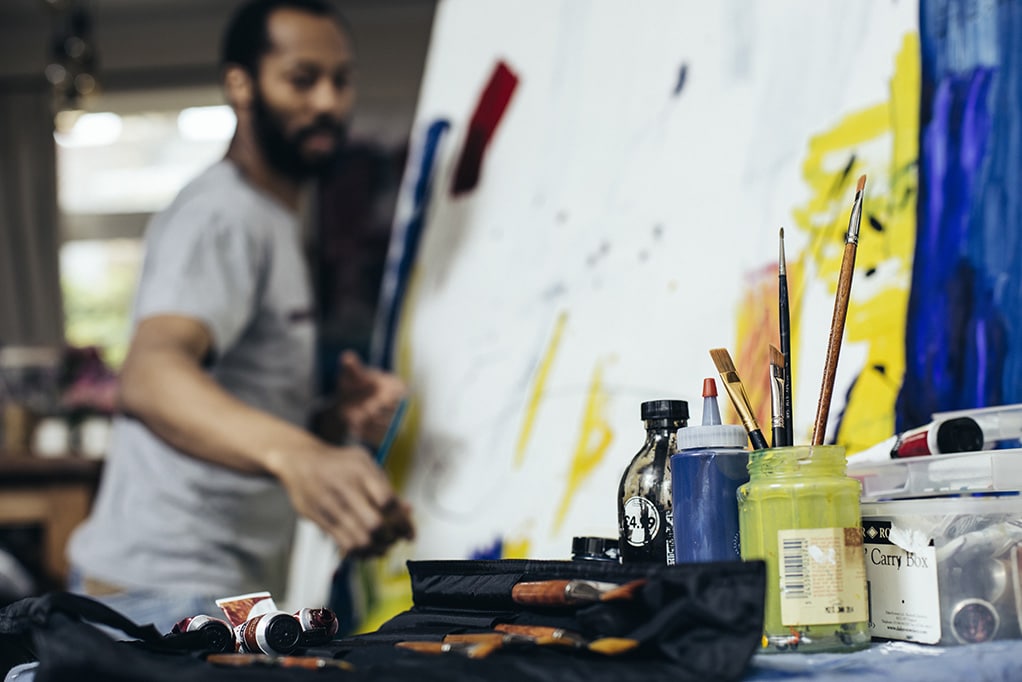How to Establish Your Web Design Style
Web design is creative work, and it’s a skill that you develop. Like anything that takes nothing and turns it into something, design work is heavily influenced by your skills as well as your own artistic sensibilities. Whether you’re just getting started as a serious web designer or you’ve been in the game a while but want to find more focus, establishing your web design style is a worthwhile use of your attention.
Don’t forget UX and UI
One way web design sets itself apart from many other types of creative media is the fact that the site visitor’s experience is a critical element, and it’s knit into the fabric of your website. Painters, for the most part, can just paint without concern for what anyone else thinks of the painting; someone will like the canvas and buy it, or not like it and move on. Websites, however, don’t have the luxury of ambivalence. They must have a good user experience and user interface if they’re going to deliver any value.

As you begin to establish your style, don’t lose sight of what happens on the other end. The most visually stunning web design ever coded won’t be very well appreciated if it’s impossible to navigate and it loses visitors. Frame your learning approach to design style in the context of UX/UI, and you’ll be both skilled and effective as a designer.
Develop Your Eye
Because web design is a visual medium, you need to have a good sense of what you think looks good. And because this is a personal thing, your own thoughts and feelings about what you see will absolutely come into play. As you look at sites designed by yourself and by others, observe how the design affects the way you feel.
Are you energized or bored? What catches your eye? Does anything turn you off or bore you? What color palettes do you prefer, and how much white space is enough? You may also be drawn to a certain element of the design, from visual elements to layout to use of images to use of illustrations…anything. Note what you really like and what you really don’t, and think about how you could apply that information to a current or upcoming project.
Don’t be afraid to tap into traditional art education, though. Gauging your inner artist is a big part of developing your “eye” and, in turn, your style. It’s important to have foundations in composition, color theory, and the like if you want to have a good sense of good design that stands the test of time.

Keep Practicing
Web design is a skill, and it’s one that grows with practice. The more you practice designing sites from scratch, the more comfortable you’ll be with the way your design style works. If nothing else, you’ll find better ways of doing things. But it’s more likely that continued practice will refine your taste and more sharply define your style.
Don’t practice in a vacuum, though. Pay attention to what other designers are doing, and ask questions. Look for inventive ways of using typical elements; see what’s compelling and what’s simply over-designed. Try new things in your design work and see how your clients respond. Practice coding and see if understanding that aspect of your work influences the way you create. If you discover a new area of interest and you want to learn about it quickly, consider taking a course.
Specialize in What you do Best
Once you’ve been designing a while, you’ll have a sense of the types of design you do best. Whether it’s static sites, dynamic sites, or even eCommerce shops, there’s a type of client that goes for what you do best. Consider targeting those clients and establishing a style that meets the needs of these clients more specifically. The more you establish yourself in that particular market, the more well-developed your style will be.
Look at the recurring elements of sites you design or particularly like. What are some of these common threads? You may be drawn to sites with multiple menus, extremely graphic headers, and sidebars with custom elements. Or maybe you prefer large hero areas with interactive color overlays and parallax scrolling. Each of these layouts draws a different type of client, and they require a specialized set of skills to execute them well. Continue working conscientiously to be the right person for the right type of people, and your style will take shape!












